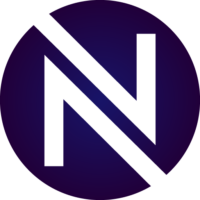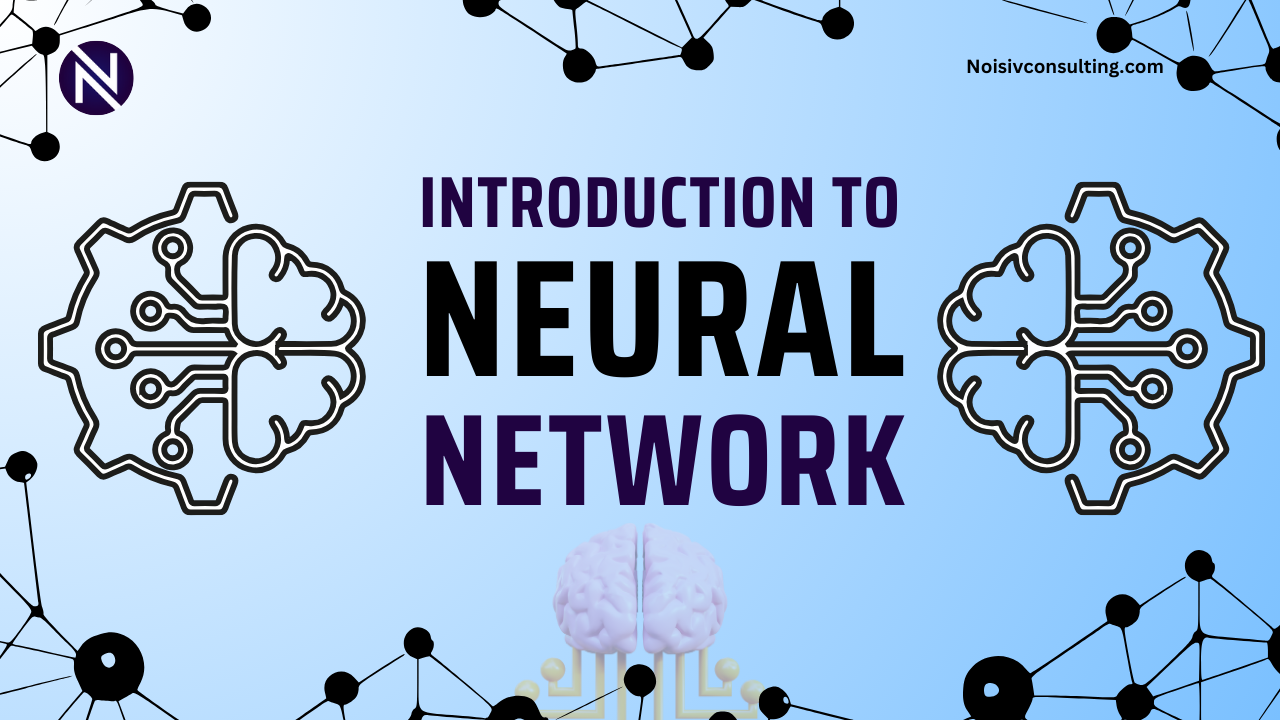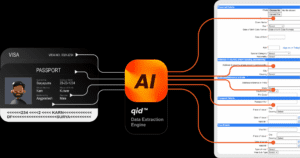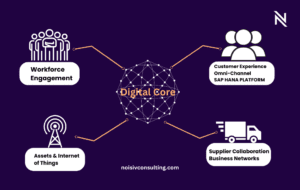Neural Networks: The Thinking Machines of Machine Learning
Imagine a computer program that learns like the human brain. That’s the core idea behind neural networks, a powerful tool in the machine learning toolbox. Inspired by the structure and function of biological neurons, neural networks are revolutionizing fields like image recognition, natural language processing, and more. neural network
Building the Neural Network: A Web of Learning
At the heart of a neural network lies a web of interconnected nodes called artificial neurons. These aren’t perfect replicas of biological neurons, but rather mathematical functions designed to mimic how real neurons process information.
The connections between these artificial neurons hold the key to learning. Each connection carries a weight, influencing the strength of the signal it transmits. By meticulously adjusting these weights, the network learns to identify patterns and relationships within data. It’s like training your brain by repeatedly encountering information and refining your understanding over time.
The Learning Process: Unveiling the Magic
So, how exactly do neural networks learn? Here’s a simplified glimpse into the training process:
- Data Feast: The network is bombarded with massive amounts of labeled data. For instance, in image recognition, this data could be a collection of images meticulously categorized as “cats” or “dogs.”
- Information Highway: The data is meticulously passed through the network layer by layer. Each layer performs specific calculations and transformations on the data, moving it closer to the desired output.
- Error Correction: Fine-Tuning the Network: The network compares its output with the pre-defined label (e.g., “cat” or “dog”). If there’s a discrepancy, the weights of the connections are adjusted to minimize the error.
- Practice Makes Perfect: This process is repeated countless times, with the network iteratively refining its weights and progressively improving its ability to recognize patterns. It’s like tirelessly practicing a new skill, with each attempt bringing you closer to mastery.
A Spectrum of Networks: Tailored for Specific Tasks
The realm of neural networks is vast and ever-evolving, with various architectures designed for specific tasks. Here are a few of the most prevalent types:
| Neural Network Type | Description | Example Applications |
|---|---|---|
| Feedforward Neural Networks | Information flows in a single direction, from input to output, making them well-suited for simpler tasks like classification. | Image classification |
| Recurrent Neural Networks (RNNs) | Designed to tackle sequential data like text or speech, RNNs can handle the complex relationships between elements. | Speech recognition, machine translation |
| Convolutional Neural Networks (CNNs) | These are the rockstars of image recognition. CNNs excel at extracting features from visual data, making them ideal for tasks like facial recognition and object detection. | Facial recognition, object detection in self-driving cars |
The Real-World Impact of Neural Networks: Powering Innovation
Neural networks have unleashed a wave of innovation across various industries, transforming how we interact with technology:
- Image Recognition Revolution: From facial recognition unlocking your smartphone to self-driving cars navigating complex roads, neural networks are fundamentally changing how computers perceive the world.
- Natural Language Processing Powerhouse: They enable machines to understand and respond to human language, powering chatbots that can answer your questions, machine translation that breaks down language barriers, and sentiment analysis that gauges public opinion.
- Recommender Systems Tailored Just for You: They power the recommendations you see on e-commerce platforms and streaming services, personalizing your experience and helping you discover new favorites.
The Future of Neural Networks: A World of Possibilities
As research continues to push boundaries, neural networks are poised to play an even greater role in shaping the future. From advanced medical diagnosis that can detect diseases earlier to smarter robots that can assist us in our daily lives, the potential applications are truly boundless.
Conclusion: A Glimpse into the Future
Neural networks are a powerful tool with the ability to learn and adapt like the human brain. By understanding their core concepts and functionalities, we can begin to grasp the immense potential they hold for the future. This blog post provides a foundational understanding of neural networks. If you’re interested in learning more, there’s a wealth of online resources available to delve deeper into the technical aspects and explore the latest advancements in this exciting field.








